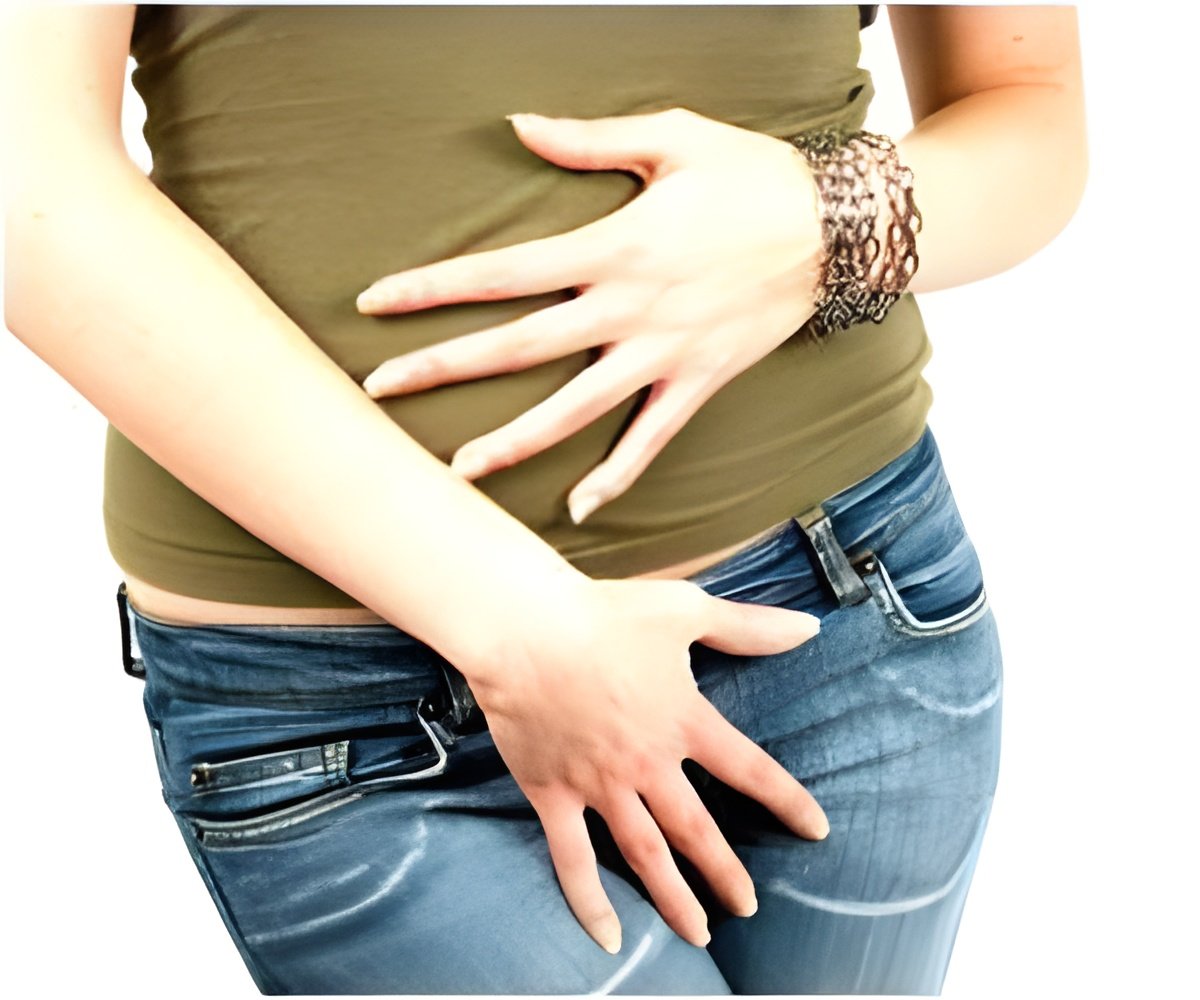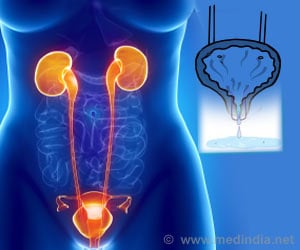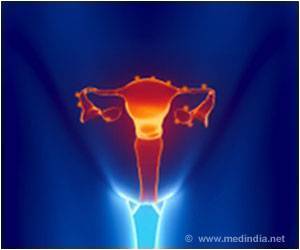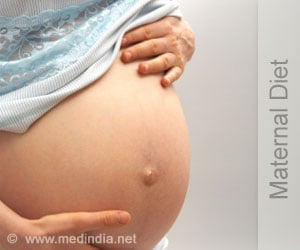Women's risk for pelvic floor disorders varies depending on their childbirth delivery mode, finds a new study.

‘A new study finds that compared with spontaneous vaginal delivery, cesarean delivery present a lower risk for pelvic floor disorders.’
Read More..




Johns Hopkins and Greater Baltimore Medical Center researchers report results of a 10-year study showing that some delivery modes, including spontaneous vaginal delivery, are associated with higher risk of some types of pelvic floor disorders.Read More..
"We knew that these disorders are more common after childbirth, but now after following these women for 10 years, we have a good sense of how delivery mode impacts a woman's risk of developing a pelvic floor disorder," says Victoria Handa, M.D., M.H.S., professor of gynecology and obstetrics at the Johns Hopkins University School of Medicine and director of gynecology and obstetrics at Johns Hopkins Bayview Medical Center.
This study considered a woman's risk of developing one of four pelvic floor disorders: stress urinary incontinence (urine leakage during with activities that increase abdominal pressure), overactive bladder (frequent and urgent urination), anal incontinence (involuntary loss of solid stool, liquid stool or gas) and pelvic organ prolapse (when the uterus and vaginal walls fall downward into the vagina, protruding beyond the vaginal opening when bearing down).
The research team enrolled 1,528 women within five to 10 years of their first birth. These women were followed annually for up to nine years. Of the women, 778 delivered all of their children via cesarean birth, 565 had at least one spontaneous vaginal delivery, and 185 had at least one delivery involving forceps or vacuum-assistance, also called operative vaginal delivery. The median age at enrollment was 38.3 the youngest study participant at enrollment was 22.7 years old, and the oldest participant at the end of the study was age 61.7.
The team collected information from the women at the time of enrollment, including date of first birth, age at first birth, body mass index, whether they had developed any pelvic floor disorder already, birth delivery mode, and genital hiatus size the distance between the urethra and the posterior hymen. The team then collected information at follow-up visits the cesarean birth group made 4,039 visits, the spontaneous vaginal delivery group made 2,817 visits, and the operative vaginal delivery group made 948 visits. Some women already had developed pelvic floor disorders at the time of study enrollment while others developed the conditions over the course of the study.
Advertisement
The researchers also found that a large percentage of new cases of urinary and bowel incontinence developed in the first five years after delivery, while pelvic organ prolapse tended to develop many more years after childbirth. A third discovery was that the genital hiatus size is significantly associated with all pelvic floor disorders but most significantly with pelvic organ prolapse. This suggests that the genital hiatus size is a marker that might identify women at high risk of developing pelvic floor disorders with aging.
Advertisement
Source-Eurekalert











